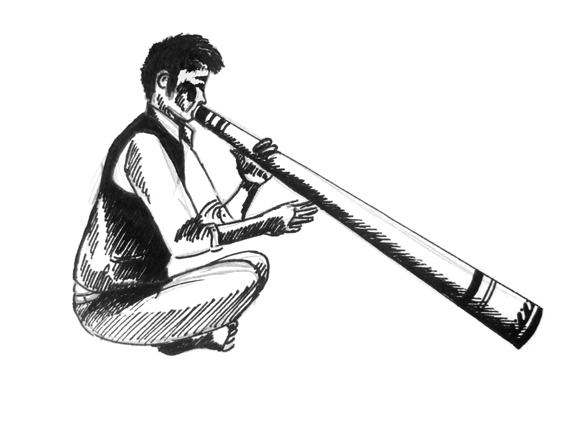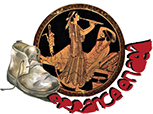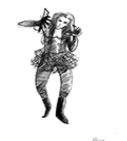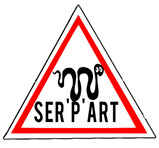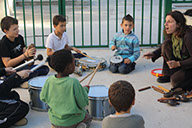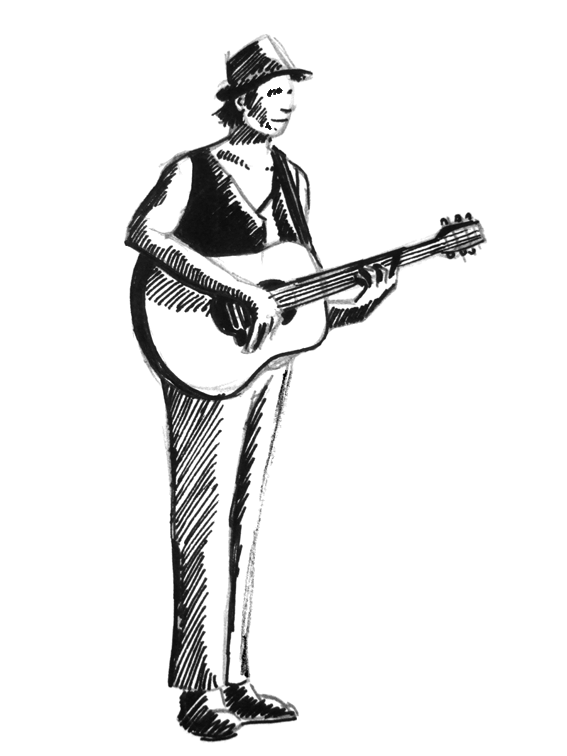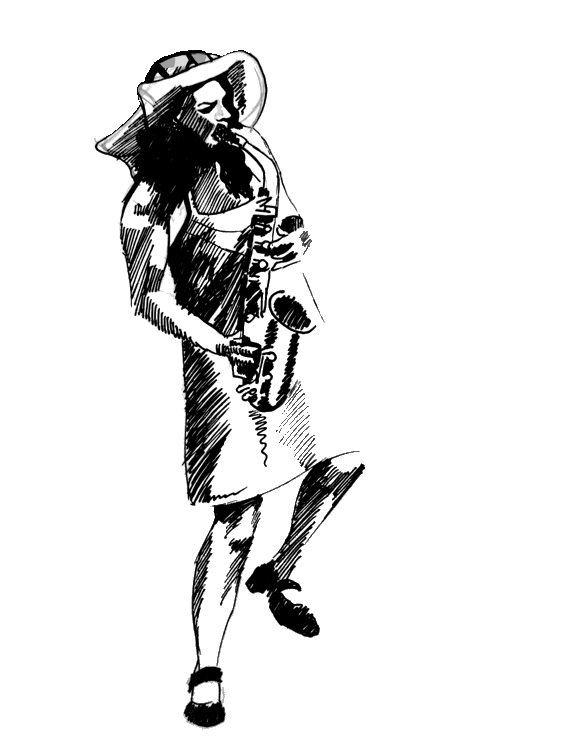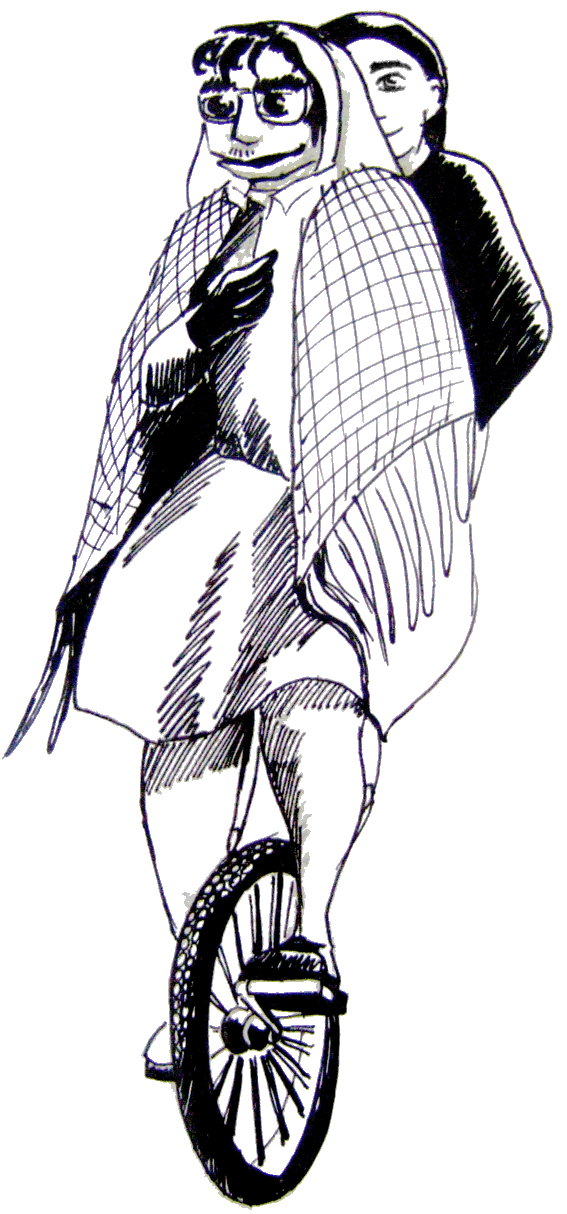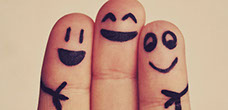social ARTISTRY NETWORK
SOCIAL ArtISTRY NETWORK
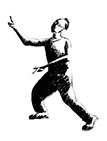
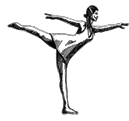
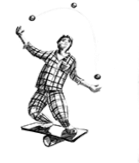
WHO ARE WE?
Errance en Aéa = Wandering in Aea
The organisation was created in 2009. We defend the idea of wandering as a trip, according to the phrase : " No matter the purpose, it is the way which matters". Aea is the mysthologic island in which lived Circea, the magician who turned Ulysse's friends into pigs during their stopover, before she freed them some years later. This island must be located in the mediteranean sea, near Italy. The mediteranean area is our favorite playground.
The organisation produces pluridisciplinary shows (music, theatre, street performances...) : those of the company Ser'p'art, and more. It also proposed pedagogical actions, and training courses in the artistic field, with regard to the social transmission. Errance en Aéa is also an information relay on other organisation, met on the road and that work in the social and artistic issues.
For a Social Art
The artist is inherently a social misfit, sharpening their critical mind on the society they live in and reflecting on it through his works of art. He often works alone, in his studio or rehearsal room. However, his rôle if very important for the society in which he lives. Indeed, he allows his fellows to reflect emotionally and critically , provoking social changes,
As a holder of values, and motivated by this mission, why couldn't he turn himself in a social actor ? Social, not in the sense of helping underprivileged people, but in the sense of « re-interpreting society », re-inventing the present to help create other future potentials.
Creating an aesthetic, with acting for our values, our ideas, in order to create links, to provoke meetings, to open spaces and give time to experiment and innovate in the cultural field, here is our mission. Struggling against each form of ideological enslavement, of artistic polishing, of standardisation of the artistic offer, instilling possibilities to our partners here or abroad.
We of course realise that our action is far from being unique ; that many artists, creation groups, companies, act on the same territories. Our assessment is that nothing official is done to help unify such work and experiences that could serve to help pool efforts, ideas ,results and skills, to create new understandings and databases. The European cultural policies don't go in this direction . So, let's develop those actions by ourselves, in the sense we want, which means :
- Artistic education : organising workshops with different public groups of all ages and social backgrounds.
- Training courses and companionship : on local development project, sharing of practices, pooling of tools between artists, educators, trainers, organisations.
- International exchanges and solidarity : meeting cultural counterparts, transfer of skills, exchanges of practices, pooling of tools abroad etc...
- Creating tools of social action by art : after each tour or action, we create technical tools, results of our researches, pools of our reflections or experimentations (DVD, web sites)
- The creation of an international network of exchanges of practices : our goal is to administrate a platform of artists from several countries and with the same motivations.
- The research-action in the frame of Street performing arts. Our action is always moving, and constantly in the state of searching. We propose, as much as we can, moments of research-action, organising seminars, training courses, … during which we try to elaborate new ideas, of artistic actions (street performances, collective improvisation in the public space).
Our fields of action
Concretely, we act in the following areas =
• Artistic education : animating workshops of various publics (children and youngsters, people with social disease), creating pedagogical tools, searching institutional partners
• Training courses and companioning : on projects of local development : exchanges of practices, pooling of tools among artists, educators, trainers, and organisations
• International cooperation and solidarity : meeting of stranger "social artists, sharing of practices and skills, pooling, support to networking
• The creation of tools for social actions with art : after each action or tour, we create tecnical tools, end of our researches and pooling of our ideas and experimentations (DVD, pedagogical suitcase, translations)
• The creation of an international network of exchanges of practices : our main objective is this one. How to administrate an artistic platform with people from all over the world (starting with Mediterranean area), and motivated by the same concerns.
• Research-Action in the field of Street Performing Arts : our action isn't fixed, but always moving and searching. We propose as much as possible moments of research-action organising seminars. We elaborate new ideas of artistic interventions (street performances, collective improvisation in the public space...).
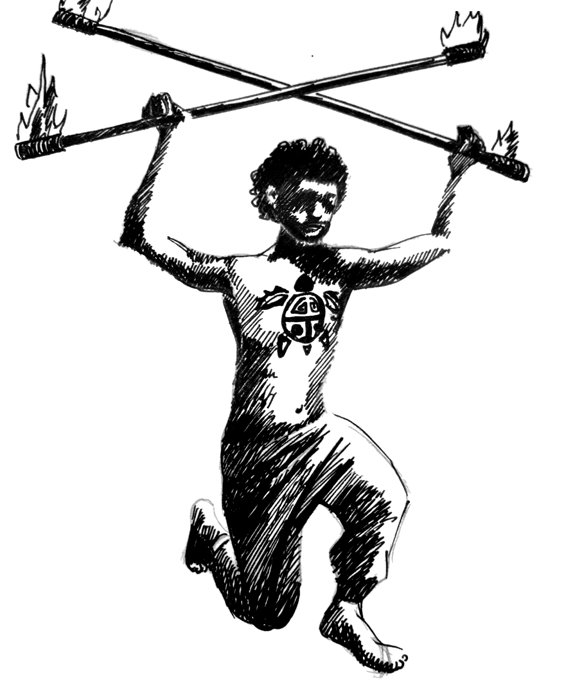
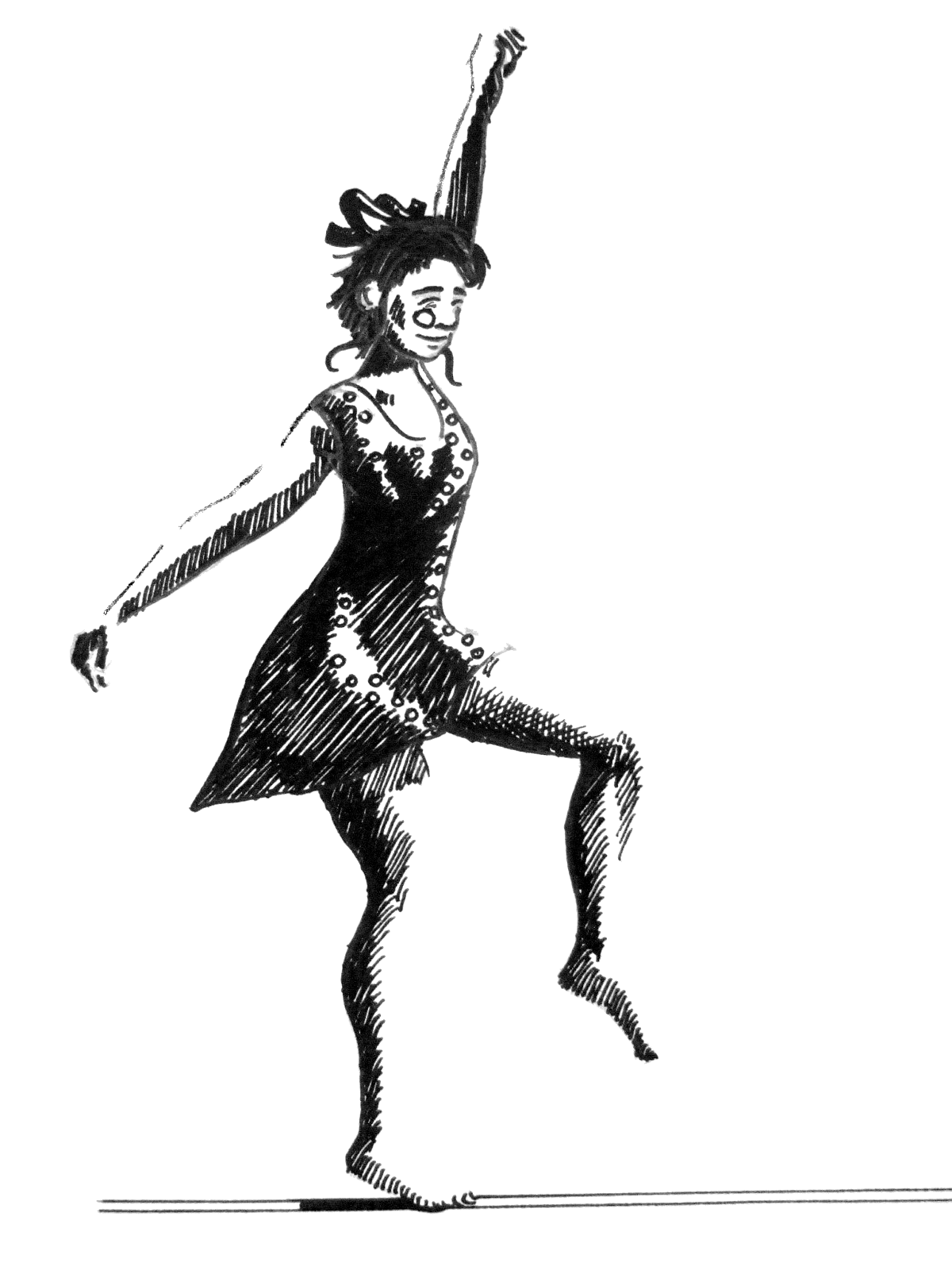

social artistry network
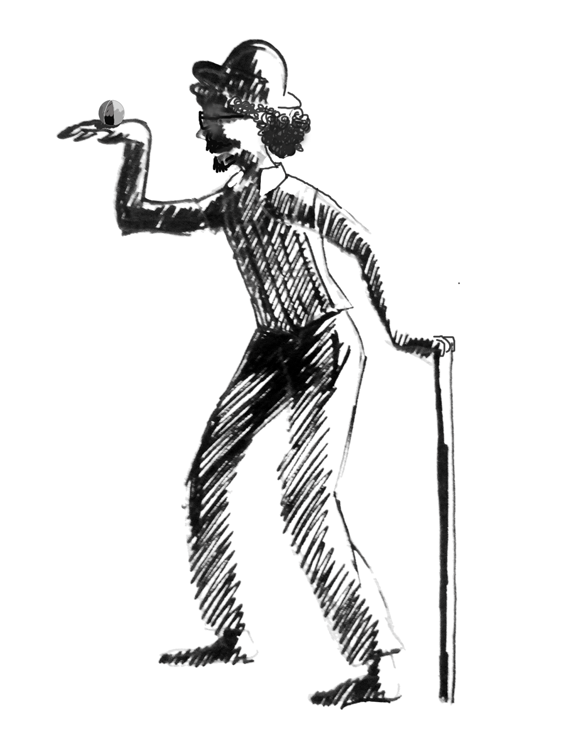
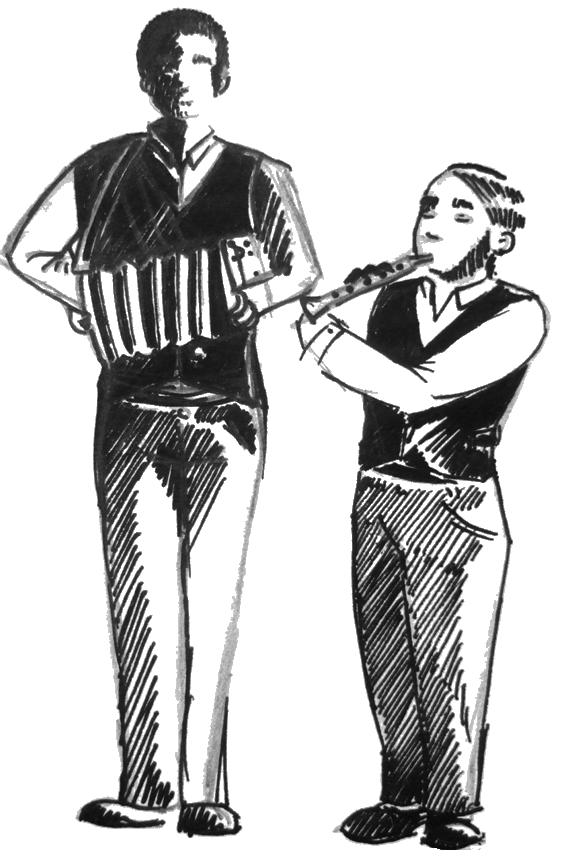
Social artistry is the attempt to address or recognize a particular social issue using art and creativity. Social artists are people who use creative skills to work with people or organizations in their community to affect change. While a traditional artist uses their creative skills to express their take on the world, a social artist puts their skills to use to help promote and improve communities. Thus, the main aim of a social artist is to improve society as a whole and to help other people find their own means of creative expression.
Social artists may address issues such as youth alienation or the breakdown of communities. Most commonly, the social artist will address these problems by helping people to express themselves and find their voice, or by bringing people together and using art to help them to foster an understanding of each other.
Social artistry can incorporate several different art forms including theatre, poetry, music and visual art.
Recently published (2013) findings confirm this shift from individual expression to community engagement, or "from autonomous to socially engaged."Lingo and Tepper cite several examples : contemporary artists "see themselves as educators, social workers, policy actors, and health providers (Lena & Cornfield, 2008; Simonds, 2013; Throsby & Zednik, 2011)
Nick Rabkin writes "more arts graduates end up in education than in any other occupation" (2013)
social practice artists "freely blur the lines among object making, performance, political activism, community organizing, environmentalism and investigative journalism, creating a deeply participatory art that often flourishes outside the gallery and museum system"
About Social Art
SUMMARY OF THE INTERVENTION OF HUGUES BAZIN
SEMINAR STREETOOLS ART, Capestang, 2011 June the 7th.
H. Bazin talks about "third space", of another way toward the "collective knowledge" that could be done for example with experimenting hybride concepts. The notion of Social Art is not only the addition of two terms Art and Social but the creation of a third one that noone is able to think about. this new concept opens a field of experimentation and of possibilities to "make society in another way". We recognize in france twe kinds of culture : the official culure and the mass consumption culture. Between both, isn't there something else?
The recognition of this third way of citizen experimentation can allow the concept to be developped, to be transmitted later, so the cultural politics could be defined anew and the support to the projects also.
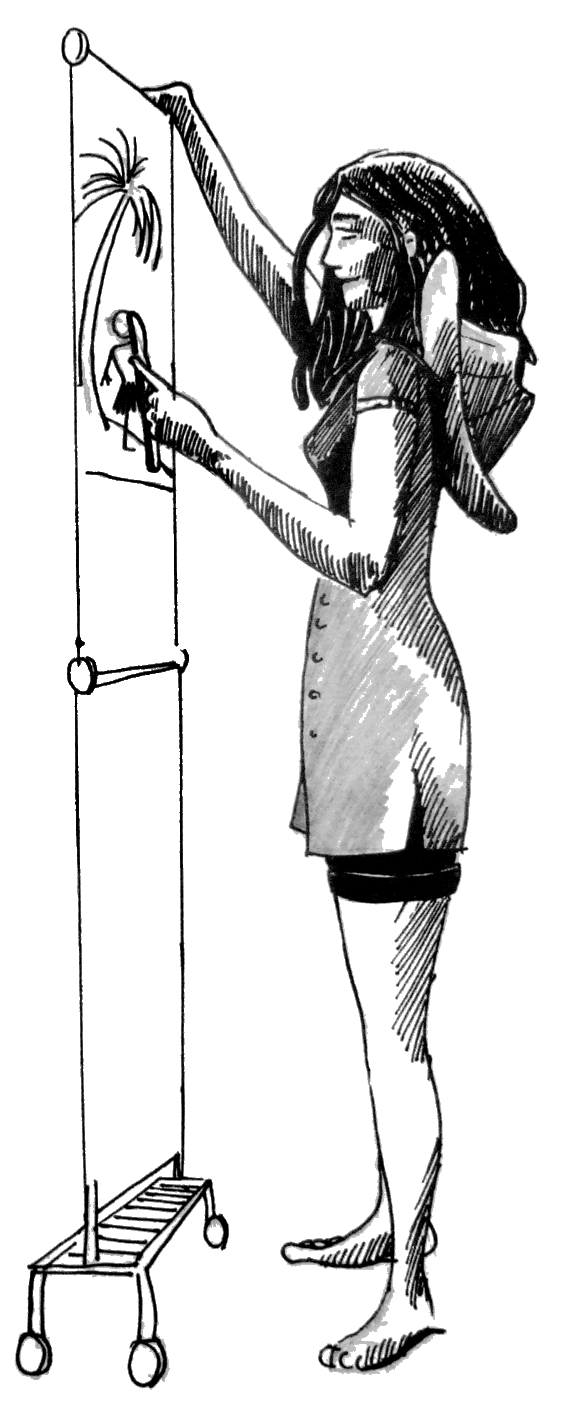
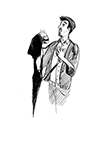
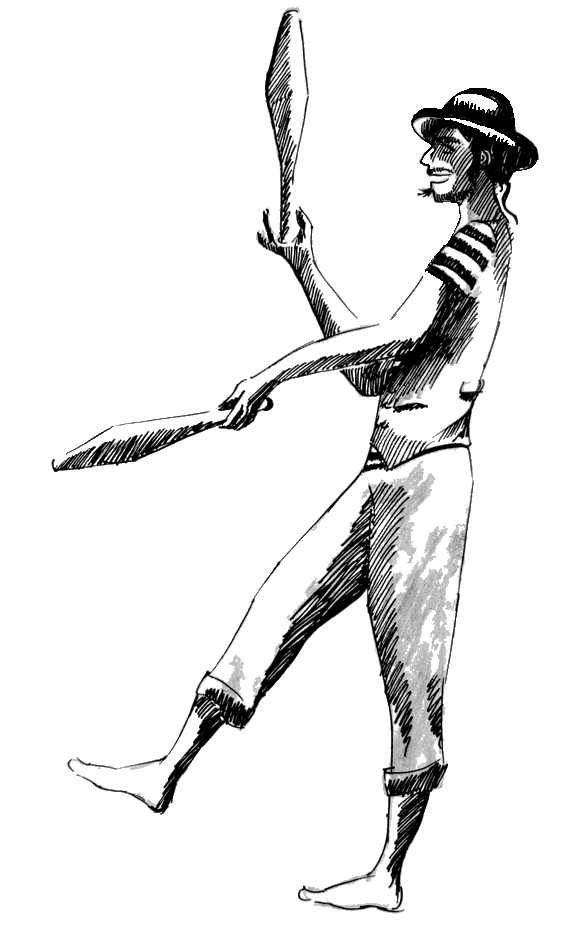
ERRANCE EN AÉA
